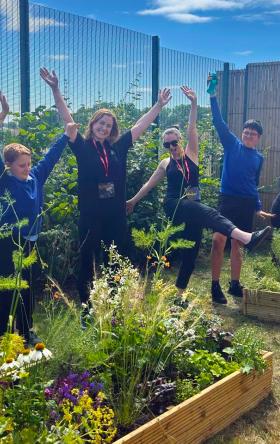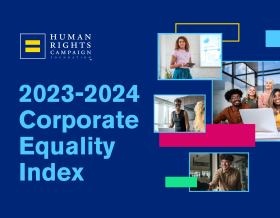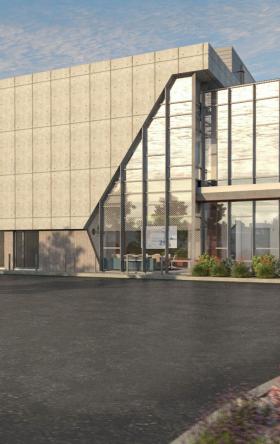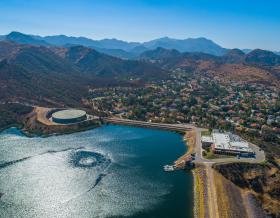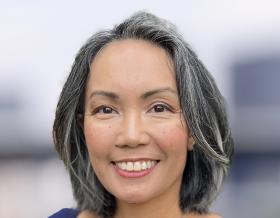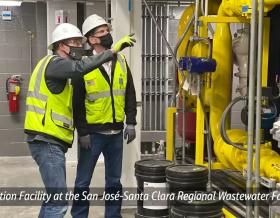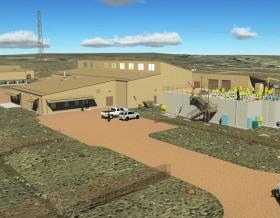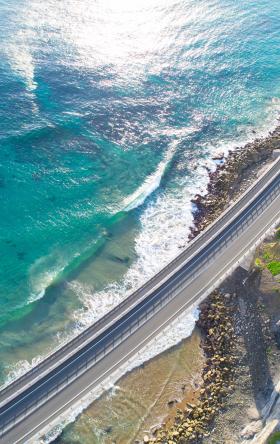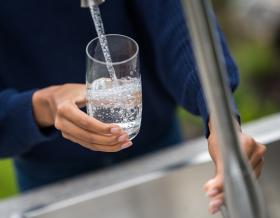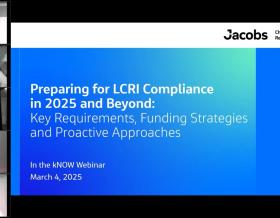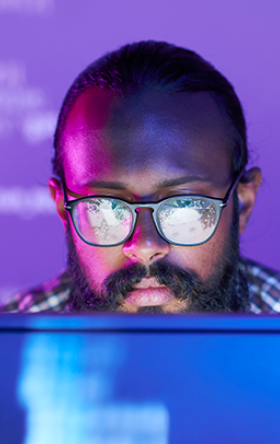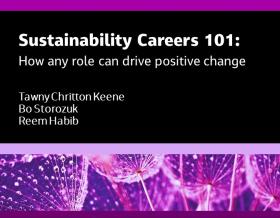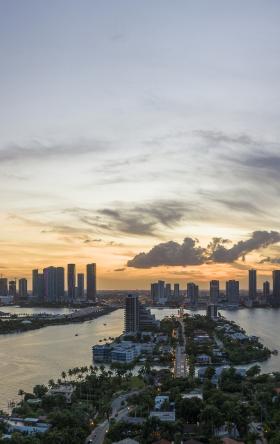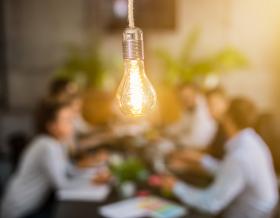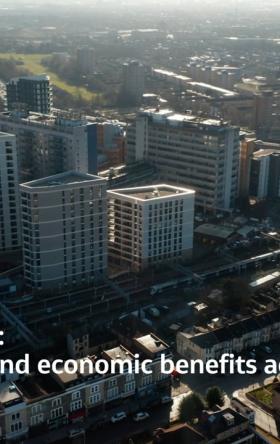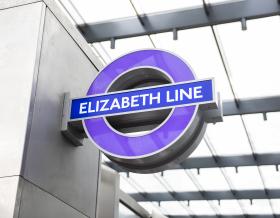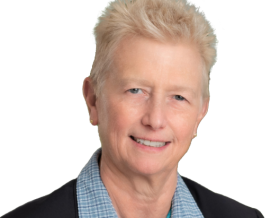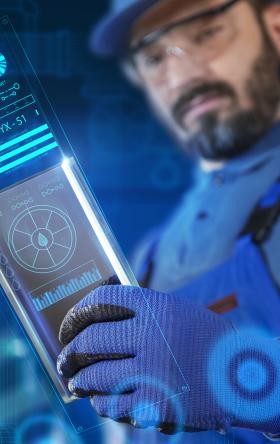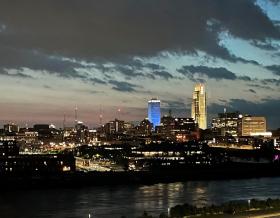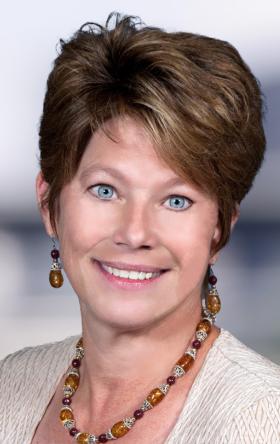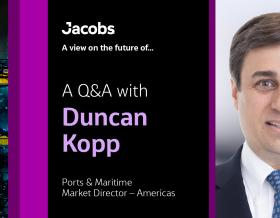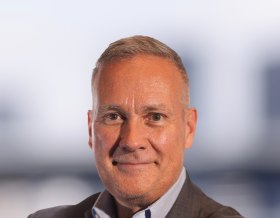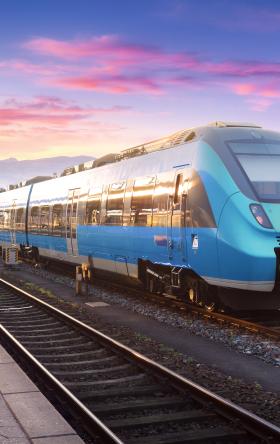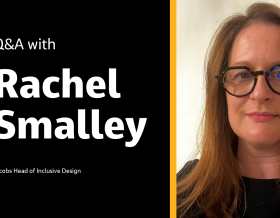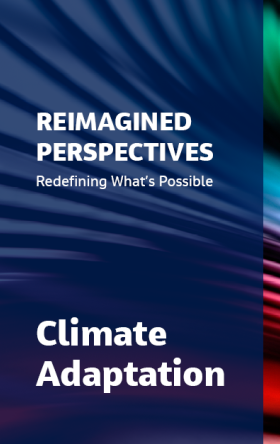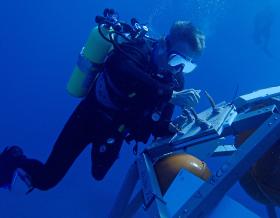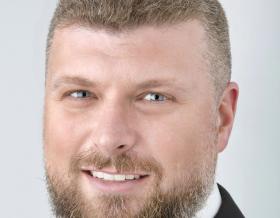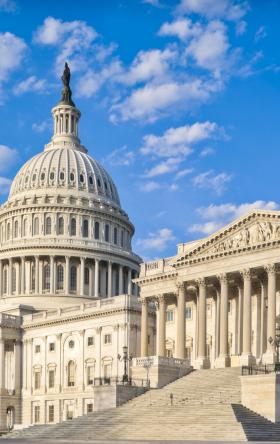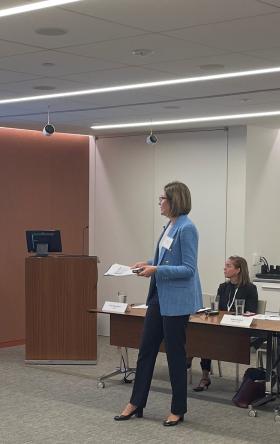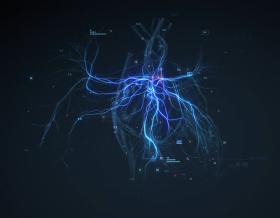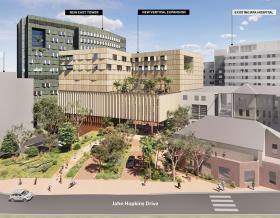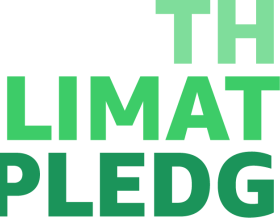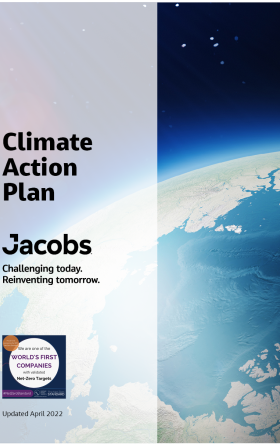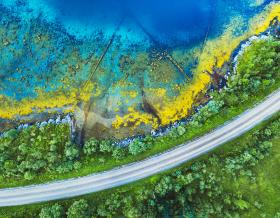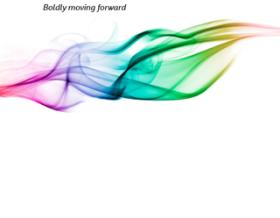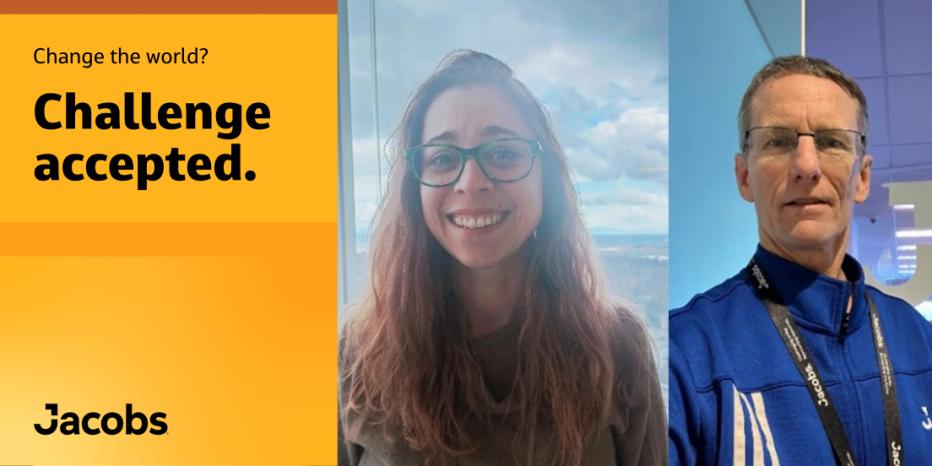
“Challenge accepted” is a call to action. It’s a commitment to growth, innovation and excellence. It’s about pushing boundaries, embracing new ideas and not shying away from obstacles.
Our people accept the challenge every single day – and we’re showcasing a few of their stories. Today, we connected with
Vancouver, Canada-based Sustainability Consultant Emily Sanders and Project Manager Cory Hinds who's based in Anchorage, Alaska, U.S.:
The challenge: The island of Guam has multiple initiatives to improve resiliency and sustainability across different sectors, such as decarbonizing its energy grid and tackling waste problems which impact residents. Our client, the Port of Guam, is the main lifeline of consumer goods into the island and links Guam, the Commonwealth of the Northern Marianas and the Micronesian islands with the rest of the world. We’re working to develop strategies that align with these initiatives and support the Port in being a leader in sustainability and resiliency for the island of Guam.
Tell us more about this challenge.
Cory: Our task for the client is to develop a sustainability and resilience plan, which includes two parts: a zero-emissions strategy and a zero-waste strategy.
Emily: The journey to net zero is a challenging one. Guam’s still heavily reliant on fossil fuels – the port itself runs on diesel fuel because the electrical grid is vulnerable to tropical storms and climate change, and the island is so remote that everything needs to be shipped or flown in.
How are you addressing the first part, a zero-emissions strategy?
Emily: We conducted a comprehensive greenhouse gas inventory for scope 1 (direct) and 2 (indirect) emissions, establishing a baseline for port operations. From there, we created a compelling strategy for the journey to net zero, using a series of client workshops and public presentations to walk through the process and ensure everyone is aligned with what needs to be done. We quantified multiple solutions and developed an interactive tool to create feasible timelines. Now, we’re developing an implementation plan to help them begin this journey!
How are you addressing the second part, a zero-waste strategy?
Cory: We started by reviewing the entire island’s operations to pinpoint where we could minimize waste. In the process, we identified a historical piece of legislation that designated certain areas of the port as “recycling enterprise zones,” where waste could be processed, staged and then shipped off-island. Although this legislation was passed years ago, it was never fully implemented, so we’re working to finalize the selection process for these areas so we can address priority wastes like junk vehicles and tires. The zero-waste strategy builds on existing Port resolutions to pursue sustainability projects, alignment with Guam’s Zero Waste Master Plan, and public law. The strategy focuses on standing up the recycling enterprise zones, waste minimization via integration of existing island-wide recycling programs and launching a pilot project for green purchasing.
What’s the biggest hurdle on this project?
Emily: The port needs to remain fully operational – it’s the beating heart that keeps the island running. We can’t just flip a switch during this project – all suggestions need to be implemented without impacting operations – so we’re gradually introducing decarbonization solutions such as incremental upgrades for equipment electrification and leveraging Guam’s vibrant jungles, mangroves and seagrass for carbon sequestration. It’s deliberate and steady to help restore the island’s beauty without disrupting its day-to-day operations.
Cory: Another difficulty is progress takes time and we need to be patient while looking for opportunities to push the effort forward. Our clients inspire us and while there’s no “magic bullet” solution to the waste management or greenhouse emissions challenges and the logistical issues we’ve described, we’re getting there – it’s a beautiful place, and we feel privileged to help drive lasting change for our friends there.
